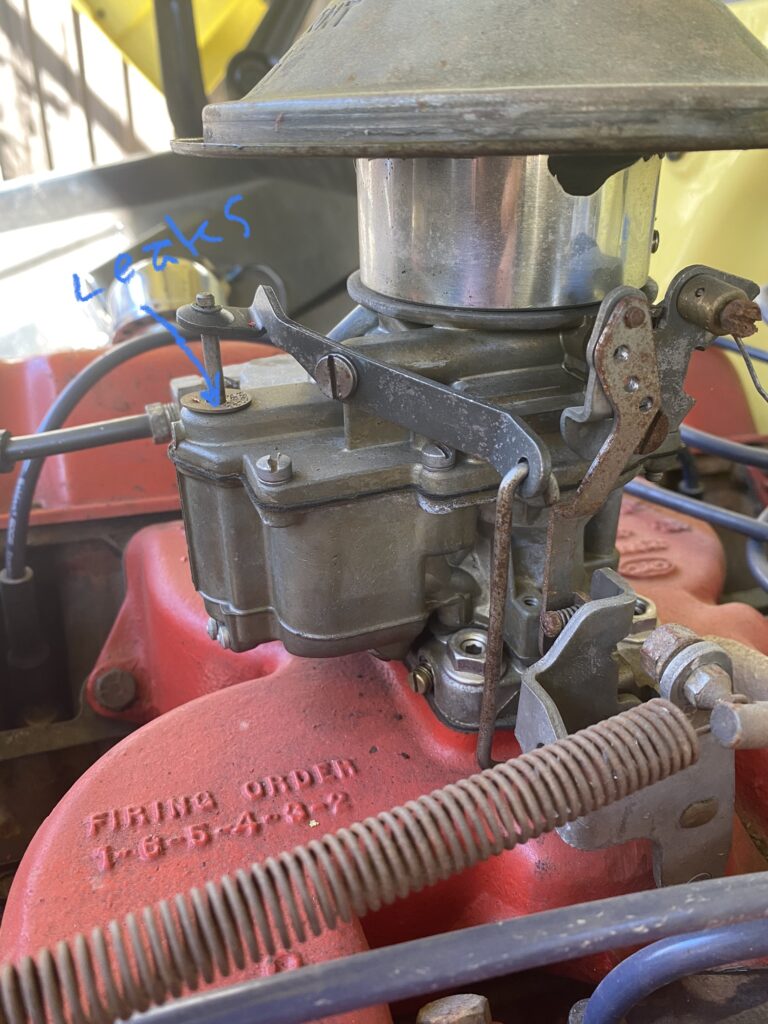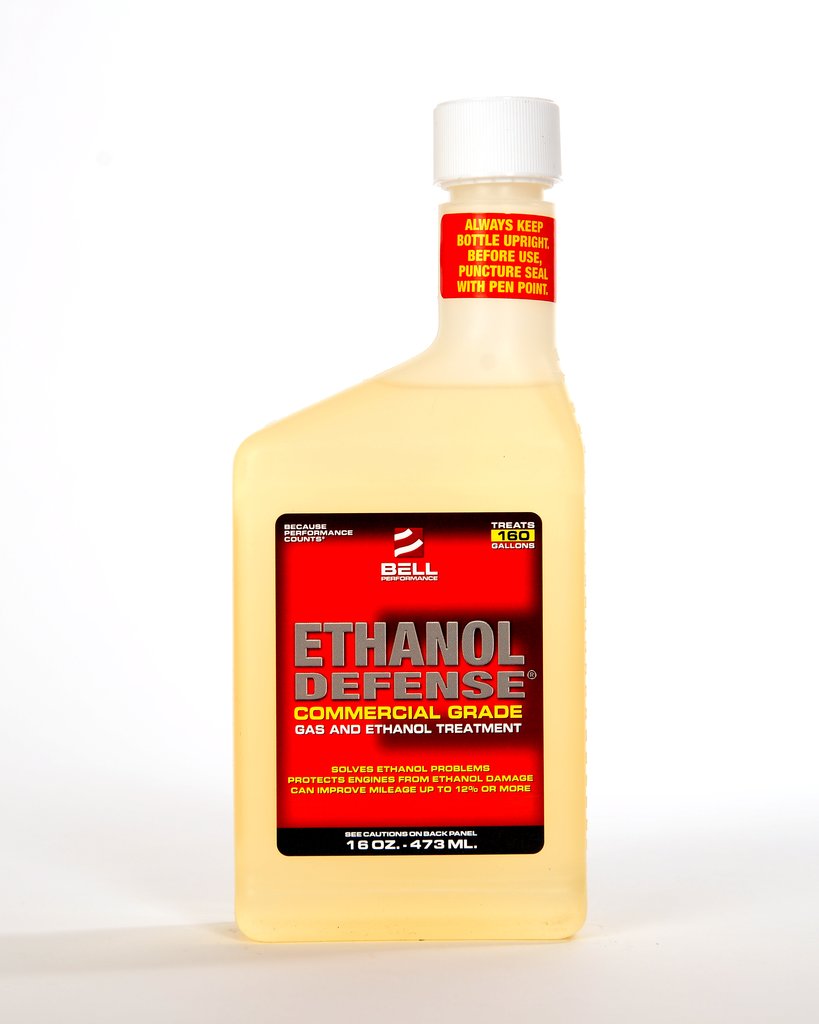WW Flooding
Gas is coming over the top, leaking out of the throttle shaft, or coming out of the vent.
Flooding means there is too much fuel getting into the carburetor.
There are many things that could be causing this. Here is a list of things to check, not in any order.
- Most flooding problems are centered around the needle & seat. Dirt particles get into the seat keeping the needle from sealing. Perhaps the viton tip is damaged. This is easy to do when adjusting the float. No pressure should be put on the needle as it is easily damaged. Try blowing a small amount of air into the inlet. This might dislodge any dirt. Many good rebuilds go bad due to a dirty gas tank. Ethanol tends to clean residue that has built up in the gas tank over many years. The particles then end up in the carburetor. Even an in-line gas filter won’t keep everything out.
- The gas may have turned leaving a film of varnish on the internal parts. If the engine has been sitting for more than 3 months, this would be very suspect.
- Fuel pump pressure may be too high. New fuel pumps are especially suspect. Refer to your motors manual for the correct pressure, but about 4 lbs would probably be OK. Sometimes installing a regulator between the fuel pump and carburetor might be the answer.
- Float has a leak – heat up some water just prior to boiling and immerse the float. As the inside of the float heats up and expands, any leaks will show up as bubbles.
- Move the float up and down to be sure it isn’t rubbing, or the pin is so worn that it’s binding.
- Float Level – Set it to specifications. Don’t fudge it to get it to quit flooding. You are just hiding the real problem.
- Power valve stuck open. The power valve adds extra fuel at higher RPM’s. If stuck open, too much fuel will be fed when below power RPM.

Does your vehicle sit a lot?

Hesitation or Bog
Hesitation when stomping on the gas pedal can be cause by:
Accelerator Pump Adjustment
Venturi Cluster – Dirty, loose screws, wrong cluster, gasket not laying down flat.
Pump Plunger Bad
Pump Inlet Check Ball – leaking, out of round
Pump Discharge Check Ball – leaking, out of round, bad seat, bad spring.
Ignition – distributor advance, etc.
To correct leaking check balls, gently tap on the ball to form a good seal.
Pump Doesn’t Move Down
Is the delayer spring the wrong length?
I don’t know what the length of the spring should be, but when putting it on the pump you will notice it is compressed. The spring doesn’t actually push the pump down but acts as a delayer cushion so when accelerating, the pump doesn’t just go down all at once, but in a gliding motion. There is a return spring that goes under the pump. It is used to help return the pump and accelerator back to neutral position.
Look at this page and at the bottom is a video of how the straight shaft pump is put together.
If it’s together OK, then take the top off and without the pump being in the well see if it moves up and down using the throttle. If it does, but still doesn’t move down in the well, then there is something wrong on the well side, probably with the cup. Hopefully you didn’t soak it in oil overnight. That will swell it up too much. Washing out with gas an letting it dry might get most of the oil out. Only use 2 drops of oil on the cup before installing. Also be sure the cup didn’t get turned over when installing.
